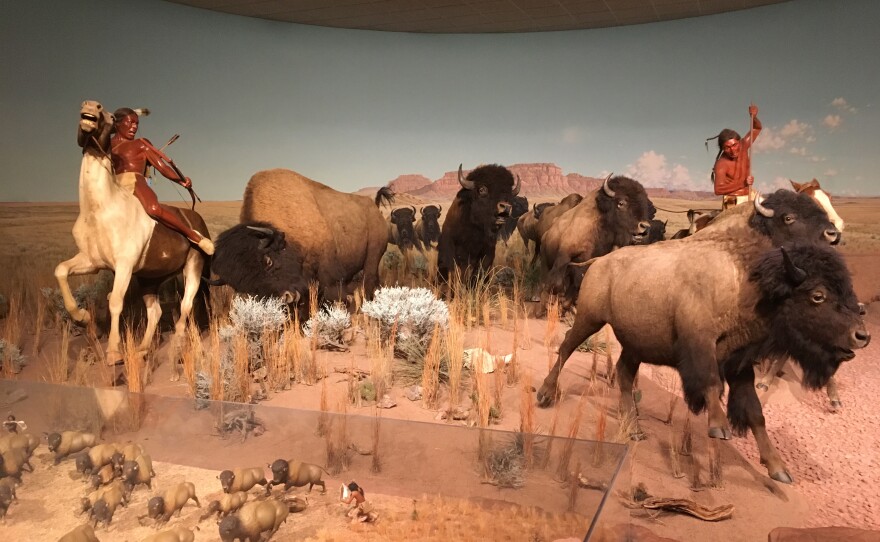Update: As of April 25, Christensen has been retained on a part time basis after her full-time job was eliminated in March due to budget cuts.
From the African Savannah to the Tropical Rainforest, there’s one thing you’ll see at nearly every exhibit throughout the Milwaukee Public Museum -- taxidermy.
It’s what gives the museum experience that immersive feel. And it’s all overseen by Wendy Christensen, who has worked on countless taxidermy projects over the years.
Museums all over the country have emulated our exhibits.
"All I can tell you is that pretty much every exhibit since 1982 when I started, I worked on in one aspect or another," she said.
Her job is a unique one. In fact, there’s only a handful of people in America with the same tittle.
"I would guess maybe 6-8 museum taxidermistsin the country, so I am a very fortunate person to have a job like this."
And she’s been at the Milwaukee Public Museum, in the very same studio, for 34 years.
So when exactly does one decide to become a taxidermist? For Wendy, it happened at age 12. Since then she’s gone on to master her craft, she even won an international award for her work recreating the Milwaukee-famous Samson the gorilla.
And making something…well, dead... look like life-like, it’s a detail-driven art.
"In museums we have to have highest level," she said. "It's what this museum is known for."
In addition to creating original pieces for the museum's exhibits, much of her time is spent maintaining older specimens in the collection, some more than 120 years old. The job requires her to be able to sculpt and paint -- with the same attention to detail -- on top of her specialized taxidermy skills.
Check out photos from the museum below, and click the player above to hear the audio version of this story.















